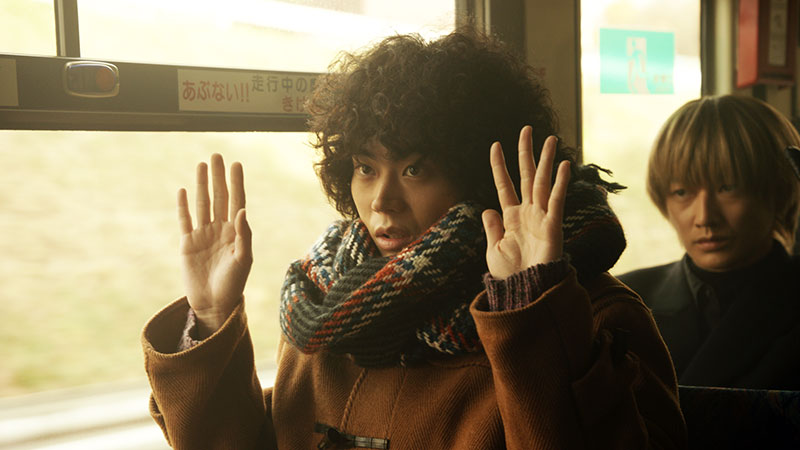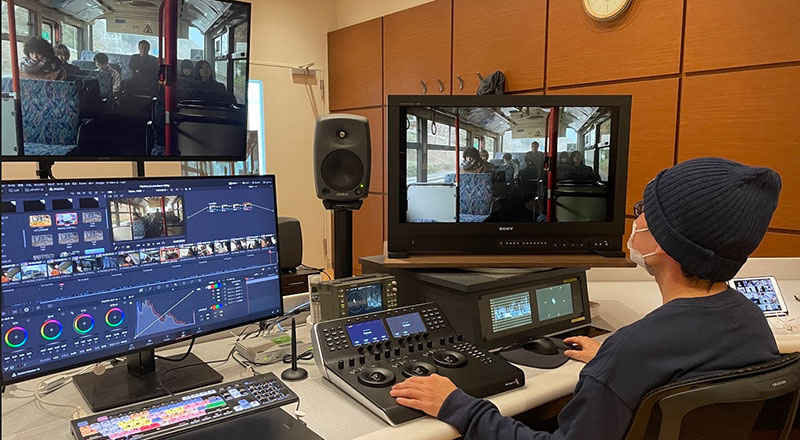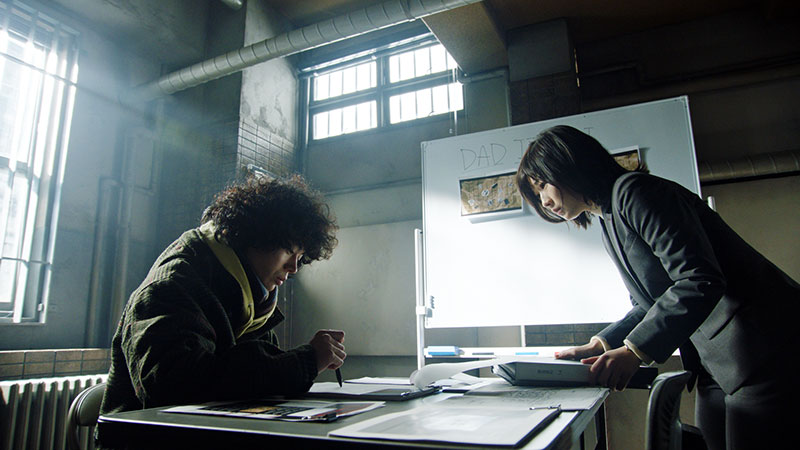Colourist Tomoyuki Abe uses DaVinci Resolve Studio to grade Fuji TV’s top drama ‘Don't Call It Mystery’ within the shortest timeframes, preserving emotion and making changes on the fly.

The drama series ‘Don't Call It Mystery’, currently airing on Fuji Television Network (Fuji TV), is based on the popular comic by Yumi Tamura, which has sold more than 14 million copies in total and is currently serialised in the Shogakukan Manga Magazine called flowers. It is an unusual, modern style of mystery in which the main character Totonou Kuno not only unravels the many cases he is involved in, but also people's hearts -- simply by stating his own opinions. It is one of the most popular titles among Fuji TV’s many dramas this season.
Fast Turnaround Production
Tomoyuki Abe, a colourist at the production and post studio VASC, graded the series on Blackmagic Design DaVinci Resolve Studio using a DaVinci Resolve Mini Panel. Abe said, “The production of a drama series is often carried out on a very tight schedule. The time allotted to the shoot is usually half the number of days of a feature film. For post production, we only allow one day for each post process, including grading, online editing and audio sweetening, which isn’t actually enough time to check that everything is absolutely right.

“So, we often have to make changes on short notice, and go back and export to AAF to fix the error. DaVinci Resolve Studio allows me to deal with AAF more smoothly and with fewer troubles than any other application.”
Abe said that a typical episode in this series would contain about one thousand cuts. “With our very tight deadline for drama production, conforming and rendering speeds were very important. Using DaVinci Resolve Studio, we were able to conform in a matter of seconds and work smoothly during grading."
Equipping the Studio
The grading was done at Fuji TV’s editing studio where SmartScope Duo was used for waveform display to support DaVinci Resolve Studio, with Smart Videohub router and Teranex Mini converters.

“When grading for TV dramas, I usually work with a 30-inch master monitor. The Resolve Mini Panel is an ideal size for me for grading while monitoring with a medium size master monitor like mine. It’s also a very good size for this suite, giving me all the functions I need,” said Abe. “For the first episode, I started grading at a studio in VASC and then moved to the Fuji studio halfway through the project. Although we needed to move the project with the material server, it was smooth and stress free."
Because most of the scenes in the first episode were shot in a single location – a police interrogation room -- it was necessary to create a visual that would keep viewers entertained as much as possible. It might be raining or sunny, depending on the story, so Abe tried different looks for the scenes to give a sense of time and weather, even though they were all shot in the same place.
Keyframed Adjustments
“In one scene, the way the sunlight reflected off the wall was very complex and distracting to watch. This was an important scene, for which the director requested a gradual change in the look to express the actor's emotional state. So, I used a keyframe editor to change the look from cold to warm colours to match the actor’s emotions, while keeping the distracting light changes unnoticeable,” Abe said.

Abe also used keyframes to make various other adjustments. A bus scene that was shot while the bus was actually running brought many instances in which the actors' faces became extremely dark or light due to the amount of sunlight. Abe corrected the uneven lighting to make those faces more visible.
“Especially for TV dramas, the viewers want to see the actors' acting, so it's important to be able to see their expressions. DaVinci Resolve allowed me to adjust this bus scene using curves and keyframes and gave a nice result. Without DaVinci Resolve, I would not have been able to make such precise adjustments without compromise in such a limited time,” Abe concluded. www.blackmagicdesign.com



